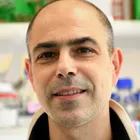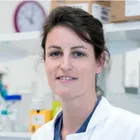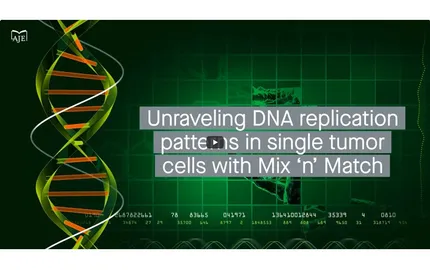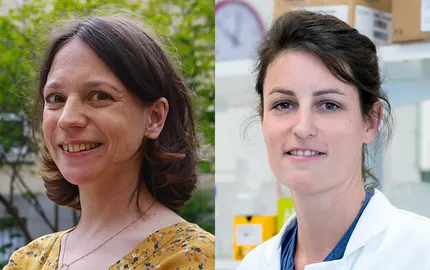- Home >
- Units research >
- Dynamics of Genetic Information: fundamental bases and cancer (DIG-Cancer) (UMR3244)
Presentation
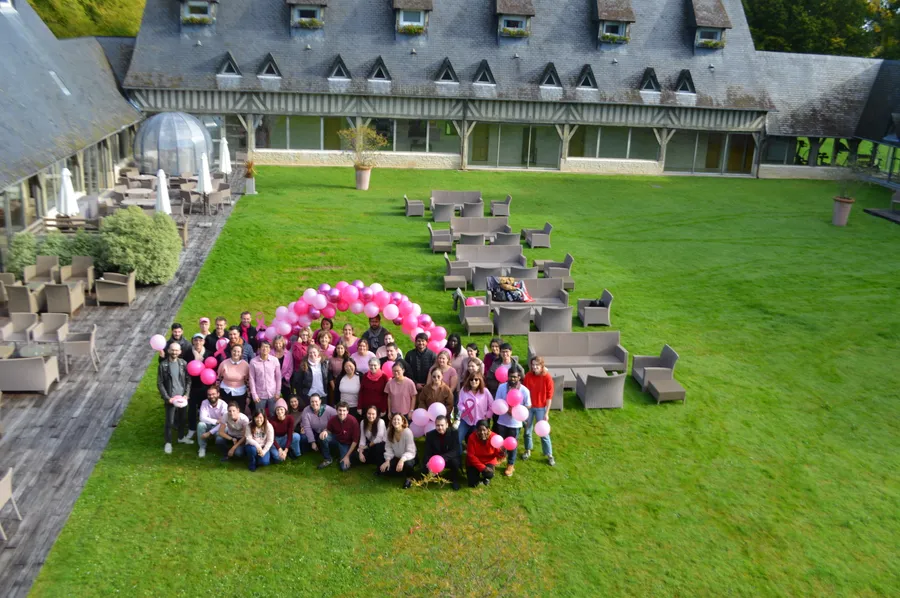
Teams in this unit aim at elucidating the regulation of mechanisms that are crucial to the maintenance of genome integrity, like DNA replication, repair and recombination, as well as the role of cell cycle checkpoints and non-coding RNAs in genome and epigenome maintenance.
The unit's orientation around a central research theme, the Dynamics of Genetic Information, allows for a high level of expertise with biological and methodological approaches.
A wide variety of experimental models are used, ranging from yeast to human cells to mice. Similarly, a wide variety of experimental methodologies are used, including genetic, cytogenetic and molecular and cellular biology approaches, DNA combing and high-throughput DNA and RNA sequencing methods, directed or after chromatin immunoprecipitation. , in order to characterize responses to genomic maintenance disorders.
UMR3244 participated in the establishment and evolution of the Next Generation Sequencing (NGS) platform for community service, launched by A. Nicolas; Custom Single-Cell Omics (CSCO) platform from C. Vallot, enabling the development of a variety of transcriptomic, epigenomic and genomic applications; and BioNano which provides unique high-throughput molecular imaging initiated by C. Chen.
The unit is well financed by numerous national and international grants including two ERCs, one ATIP-Avenir and numerous industrial contracts.
All leaders and members of the unit regularly participate in major international meetings (i.e. Annual RNA Meetings, AACR, 3R, FASEB, Chromosome Stability Meeting, etc.).


